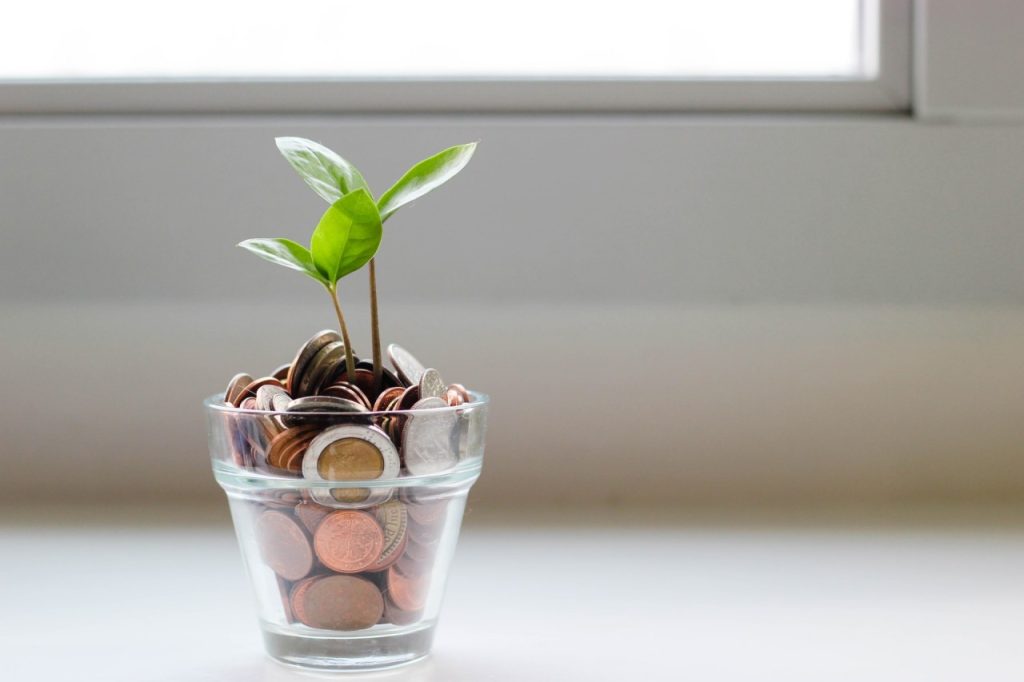
Did you miss buying Treasury I bonds in April before the rate reset? Is it still worth buying I bonds now?
The U.S. Treasury announced there were almost $7 billion in new Series I savings bond purchases in October 2022. There was a record $979 million purchased on the last day as people rushed to lock in the 9.62% interest rate before the rate adjusted for the next six months.
So many people were trying to buy I bonds that the TreasuryDirect website was crashing under the load. People expected the new rates in November were going to be less as the Fed fights to lower inflation.
This prediction turned out to be the case. The annualized I bond rate has been dropping ever since. The rate now for new I bonds purchased between May 2025 and November 2025 is 3.98%.
Compare that to the annual percentage yield offered by online savings accounts. CIT Bank’s Platinum Savings account is offering 4.00% for deposits in the latest rate update announced on June 2025.
Table of Contents
Why Buying I Bonds Could Still Be A Good Deal
So you missed out on buying from May 2022 to October 2022 when the I bonds rates were a record 9.62%. Procrastination may not have been such a bad thing.
Buying I bonds between now and November 2025 could get you higher returns even though the new rate is 3.98%.
How so?
The 3.98% composite rate is comprised of a fixed rate and a semiannual inflation rate:
Composite rate = Fixed rate + (2 x Semiannual Inflation Rate) + (Fixed Rate x Semiannual Inflation Rate)
From May 2020 through October 2022, the fixed rate portion of the I bond composite rate was 0.00%.
I bonds purchased now have a fixed rate of 1.10% annually for the life of the savings bond. The longer you hold onto your new I bonds, the greater your returns over people who had purchased I bonds with a fixed rate of 0%.
Those people who purchased I bonds when the rate was 9.62% are now earning only 2.86% on those bonds.
How Long Until New I Bond Buyers Come Out Ahead
Unfortunately, new I Bond buyers won’t be able to catch up with the people who purchased their I bonds before the current rate reset.
Someone who purchased the bonds during the last period will receive the 3.11% I bond rate for the first six months. Current bond buyers earn 3.98%.
Subtracting the two rates, we get a difference of 0.87%.
The current fixed rate is 1.10%, compared to 1.20% with the previous fixed rate.
Due to the rates resetting every six months, the buyer in the last period earned 0.87% divided by 2 or 0.435% less interest than someone buying I bonds in the current period.
Add the extra 0.10% fixed rate in the last period and current I bond buyers won’t be able to earn more for waiting.
Should You Buy I Bonds Now
Think of I bonds as variable-rate CDs that you must hold for at least a year. You can sell them after the 12 months, but you will forfeit the last 3 months of interest if you sell before five years.
You can buy electronic I bonds for $25 minimum and up to a maximum of $10,000 each year at TreasuryDirect.gov.
The next buying opportunity for someone who had already purchased the maximum amount of $10,000 earlier in 2024 will be in January.
With I bond rates expected to continue to fall in future rate adjustments, the best time to buy will be mid-April 2025. You will still get the full 3.11% interest rate for the next 6 months. You will also have an idea of what the new inflation rate will be for May. You just won’t know the new fixed rate.
Right now, you can find 1 year CDs from Capital One with a $0 minimum deposit offering 4.00% APY.
Someone who is chasing rates for short-term interest will come out ahead buying I bonds if the composite I bond rate at the next reset is higher than 5.09% using the following calculation:
(3.98% + x) / 2 = 4.00%
3.98% + x = 4.00% * 2
3.98% + x = 8.00%
x = 8.00% – 3.98%
x = 4.02%
As inflation continues to decrease, the chances of getting 4.02% on the next rate rest is slim but not impossible. I would recommend stashing your money in high interest online savings account instead if the interest rates are higher than a CD.
Regarding the 3-month penalty for selling before five years – as I bond rates continue to drop, the amount of interest lost for selling early also decreases.
Be sure to read more about how I bonds work and how you can purchase them if they are something you are interested in owning.
Closing $ense
As the Fed continues to raise the fed funds rate to combat inflation, the inflation rate will continue to drop. The rates offered for I bonds will decrease with the rate of inflation.
Locking in a fixed rate, even if it is a small one at 1.10% will still benefit most savers over the long run if you intend to hold onto your I bonds.
Looking at the historical fixed rates for I bonds, people who had purchased I bonds between September 1998 and November 2000 have been getting a fixed rate of over 3% for the past two decades. This is in addition to the semi-annual rate adjustments for inflation.
As the I bond rate decreases, the better interest rates offered by banks for online savings accounts and CDs will continue to compete with I bonds for savers’ funds.
Did you buy any I bonds when the interest rates were at a record high? Will you continue to buy I bonds in the future?
